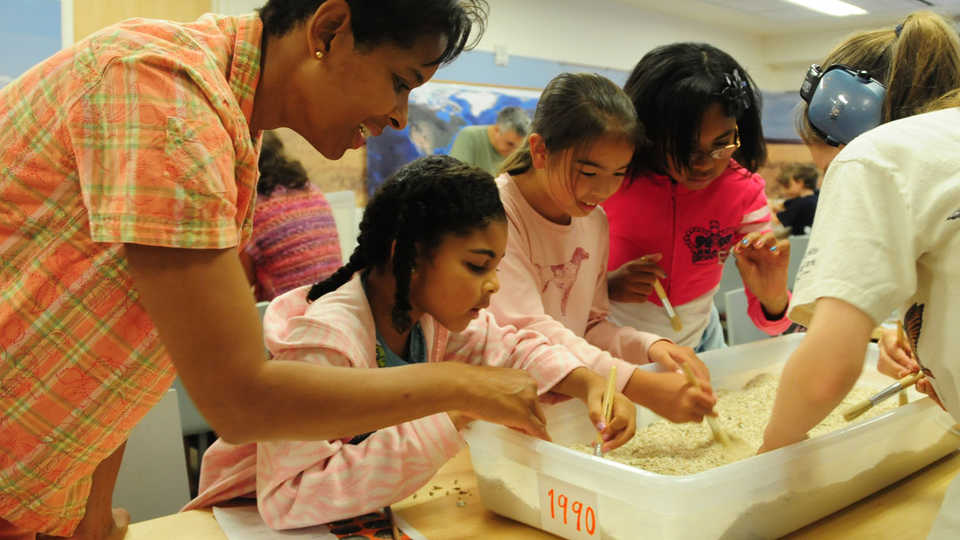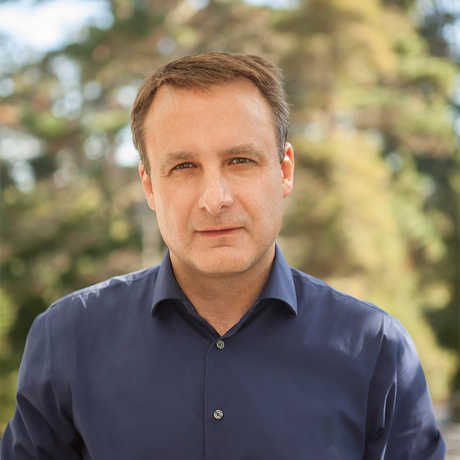An expert in ecosystem science and sustainability, Dr. Foley is steering the Academy through an exciting chapter in its 160-year history, leading its efforts to explore and explain the natural world while addressing critical sustainability challenges. Read his full bio.

As some of you may already know, one of my priorities as Executive Director has been to increase the diversity of staff and leadership teams here at the California Academy of Sciences.
Diversity is important to the Academy for moral reasons (it’s simply the right thing to do), but also for practical business reasons. Numerous studies have shown that diverse teams are more innovative, efficient, and simply better at solving complex problems. Diverse groups of people, with diverse experiences and points of view, can see things that narrower groups can’t. It’s really that simple.
For those reasons, I’ve asked our HR and Senior Leadership teams to think about how we can become a more diverse and inclusive Academy. It will take some time to satisfy that goal fully, but I know that by working together as One Academy, we’ll see real progress on these issues.
Today, I’m happy to report that we’ve already made some real progress on one of our most important diversity fronts: gender equity.
Here’s a quick update:
1) We have excellent gender balance in the Academy workforce. In recent years, we’ve achieved a very good overall gender balance in the Academy’s workforce, both at the leadership levels (currently our Chiefs are ~62% women, and our Senior Leadership Team is comprised of ~58% women) and in terms of our staff as a whole (currently ~50-52% of our staff is female). This isn’t true at most of our peer institutions, nor at any university, research institute, or tech organization we work with. We should be proud of this accomplishment, although we still have some work to do in parts of the Academy. Moving forward, we’re committed to maintaining a strong gender balance through our recruiting practices, promotions, and retention efforts.
2) We have eliminated the gender "pay gap.” Like nearly all organizations, we unfortunately did have a persistent, gender-based “wage gap,” wherein women earned (on the whole) less money than their male counterparts with similar jobs, rank, and experience. While it was a small gap compared to the national average, it was still a gap. And there shouldn’t be one. So I’m thrilled to announce that after some effort, we now have—at the whole Academy level—zero gender-based pay differences. Zero. Nada. Zilch. (Well, that’s not quite true. Technically speaking, female Managers, Directors, and Chiefs as a whole currently earn ~2% more than their male counterparts—but that’s within the margin of error, since this number fluctuates with people coming and going.) We’ll continue to watch this situation, and we’ll make sure it’s true at the department-by-department level, too. (This review is ongoing.) But I want to congratulate the Academy on this, as we are the first organization I know of that has achieved an overall gender-equitable pay structure. And we did it in one year.
3) We’ve made excellent progress placing women in key science positions. Only one to two years ago, our curator staff was only ~5% women, which is completely unacceptable in this day and age. Today, it’s ~31% female, and our Dean of Science, our Academy President, and our Chair of Science Council—as well as other key leaders in our Institute for Biodiversity Science and Sustainability—are women. This is good progress, but we’re not done yet. I aim to see complete gender balance within our science leadership and curator staff in the coming years. (Fortunately, we have roughly 6 open curator positions right now, so we should be able to dramatically increase the gender and ethnic diversity of IBSS curators and scientists in the coming year or two.) While many universities, research institutes, and museums have talked about increasing the gender and ethnic diversity of their scientific leadership teams, we have acted.
These are good first steps, but we need to do much more. I want us to make progress in increasing the diversity of our staff as a whole, especially in increasing the ethnic diversity of our leadership teams. This will take some time, but I’m confident we’ll get there. Again, it’s the right thing to do morally, and it’s the smart thing to do as an organization.
We’ll also continue the work we’ve started in enhancing LGBT staff inclusion and in working with people with disabilities in the community, including the amazing work we’re doing with the San Francisco ARC, and employing people with developmental disabilities.
Thank you all for your help with these important efforts. We’re at our best when we reflect the communities we serve.
I continue to be proud to work with the best team, in the best institution, in the best city in the world!
Dr. Jonathan Foley
